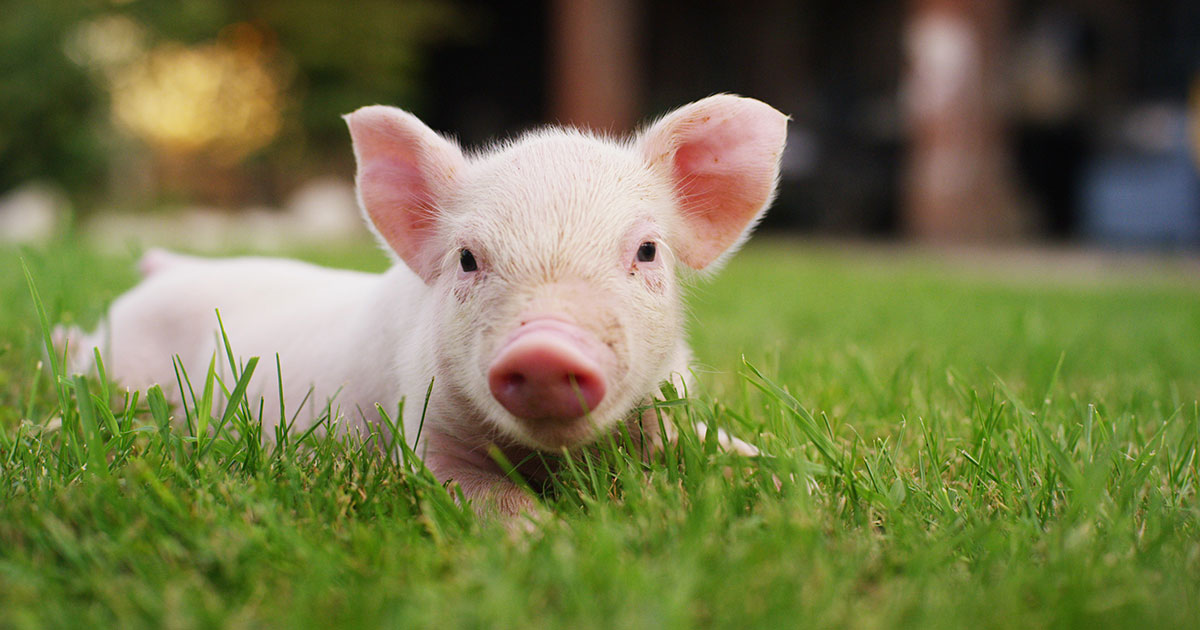Assessing the respiratory component is simple. A quick glance at the partial pressure of carbon dioxide (PCO2) level can tell you whether a respiratory acidosis or alkalosis is present.
If the PCO2 level is elevated (respiratory acidosis) then either a primary respiratory acidosis is present, or it is the result of a compensatory response to a metabolic alkalosis.
Similarly, if the PCO2 level is low (respiratory alkalosis) then it could either be a primary respiratory alkalosis, or compensation to metabolic acidosis has occurred.
The respiratory component should always be assessed before the metabolic component, due to the ability to respond to pH shifts almost immediately. This, therefore, is a more accurate reflection of the patient’s clinical disease.
Respiratory acidosis – increased CO2
Respiratory acidosis occurs anytime the patient is hypoventilating and not eliminating CO2 appropriately.
As hypoventilation can be associated with hypoxia, these patients are often critical and require immediate interventions.
Causes of respiratory acidosis include:
- drugs (depress respiratory centre, relax thoracic muscles)
- neuromuscular disease (for example, tick paralysis, botulism and snake envenomation)
- upper airway obstruction
- pleural disease (for example, pneumothorax, pleural effusion and diaphragmatic hernia)
- gas exchange disorders (for example, pulmonary thromboembolism, pneumonia and pulmonary oedema)
Respiratory alkalosis – loss of CO2
Respiratory alkalosis occurs when a patient is hyperventilating – excessive loss of CO2 causes the pH to increase.
The health effect of this is usually minimal, since, in most cases, the effect is secondary and correction of the underlying cause usually resolves this problem. The exception is when respiratory alkalosis is a primary disorder. This is usually quite rare, but can occur with brain stem trauma where the respiratory centre is affected.
Causes of respiratory alkalosis are:
- hyperventilation (for example, fear, pain, stress, anxiety and hyperthermia)
- neurological (for example, head trauma/neoplasia involving the respiratory centre)
Anticipating changes
Correctly identifying the primary disorder is essential for anticipating the changes the patient is likely to experience. This will help identify the underlying disease, and is essential for patient monitoring and disease management.
In the next blog, we will discuss assessment of the metabolic component.


